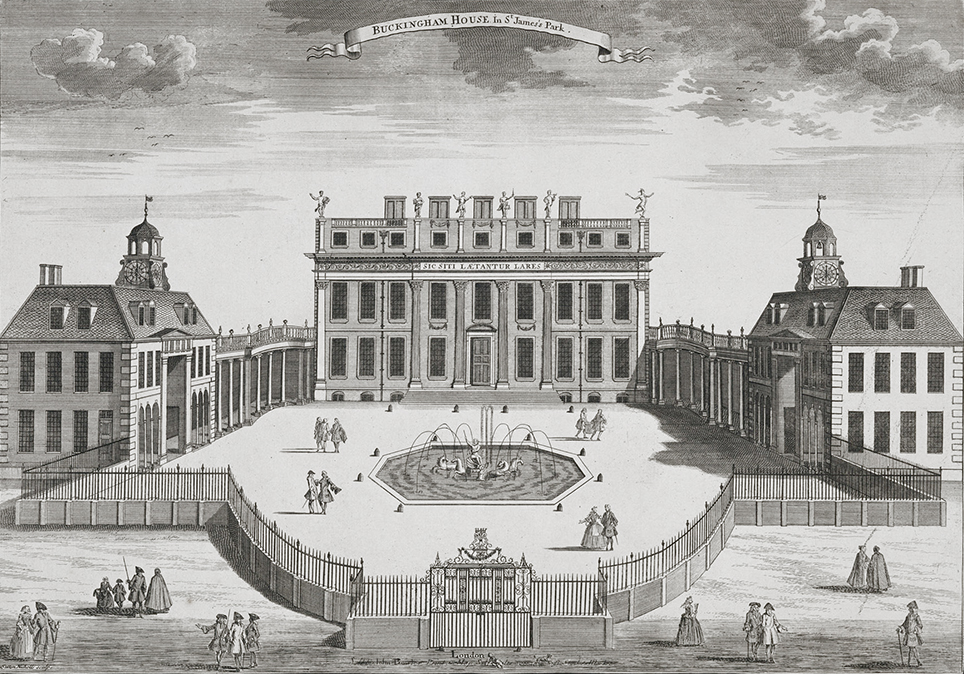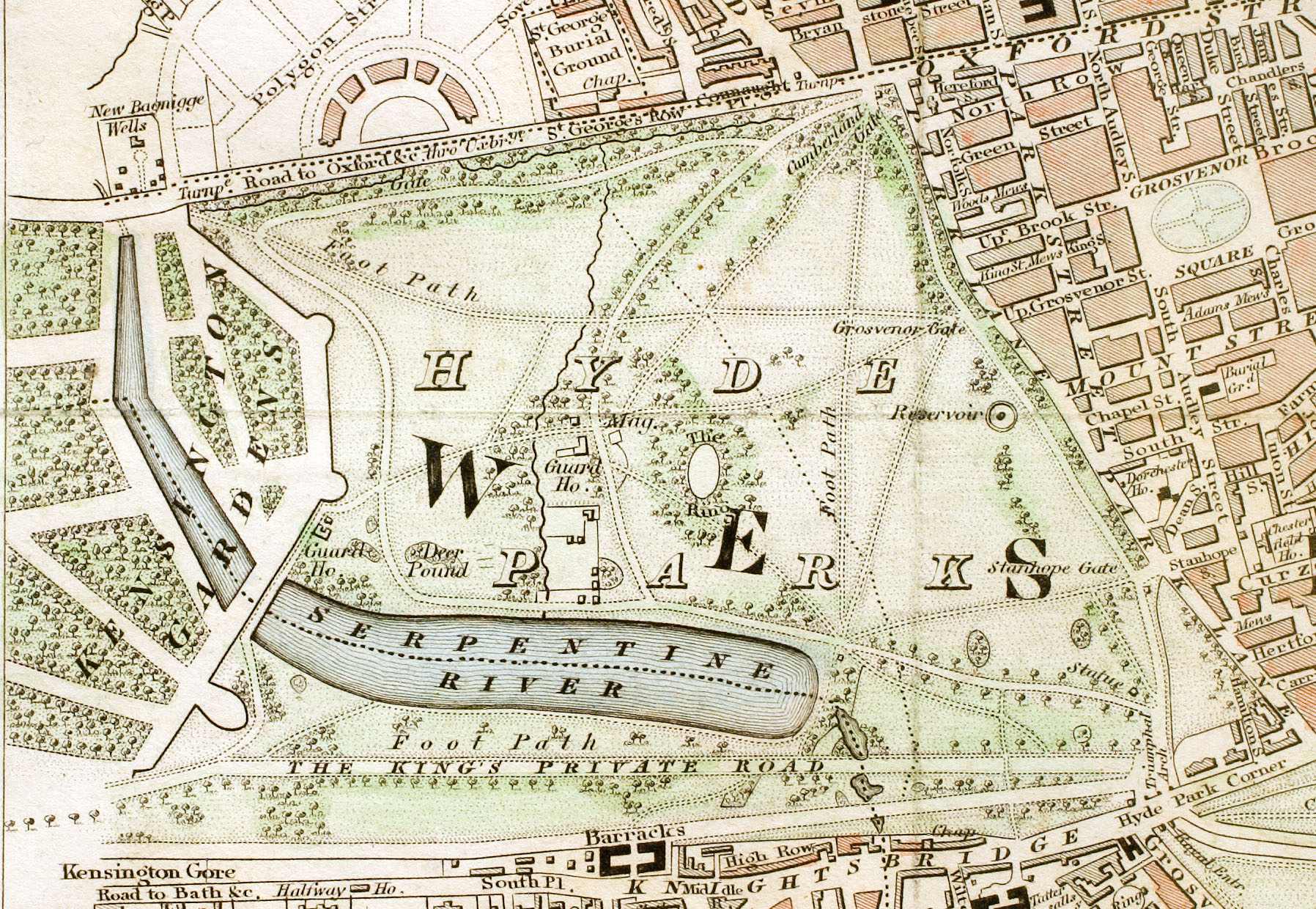|
Victory Garden
Victory gardens, also called war gardens or food gardens for defense, were vegetable, fruit, and herb gardens planted at private residences and public parks in the United States, United Kingdom, Canada, Australia and Germany during World War I and World War II. In wartime, governments encouraged people to plant victory gardens not only to supplement their rations but also to boost morale. They were used along with rationing stamps and cards to reduce pressure on the food supply. Besides indirectly aiding the war effort, these gardens were also considered a civil "morale booster" in that gardeners could feel empowered by their contribution of labor and rewarded by the produce grown. This made victory gardens a part of daily life on the home front. World War I Canada Victory Gardens became popular in Canada in 1917. Under the Ministry of Agriculture's campaign, "A Vegetable Garden for Every Home", residents of cities, towns and villages utilized backyard spaces to plant vegeta ... [...More Info...] [...Related Items...] OR: [Wikipedia] [Google] [Baidu] |
Wood Ash
Wood ash is the powder (substance), powdery residue remaining after the combustion of wood, such as burning wood in a fireplace, bonfire, or an industrial power plant. It is largely composed of calcium compounds, along with other non-combustible trace elements present in the wood, and has been used for many purposes throughout history. Composition Variability in assessment A comprehensive set of analyses of wood ash composition from many tree species has been carried out by Emil Wolff, among others. Several factors have a major impact on the composition: #Fine ash: Some studies include the solids escaping via the flue during combustion, while others do not. #Temperature of combustion. Ash content yield decreases with increasing combustion temperature which produces two direct effects: #*Dissociation: Conversion of carbonates, sulfides, etc., to oxides results in no carbon, sulfur, carbonates, or sulfides. Some metallic oxides (e.g. mercuric oxide) even dissociate to their elemen ... [...More Info...] [...Related Items...] OR: [Wikipedia] [Google] [Baidu] |
Lime Mortar
Lime mortar or torching is a masonry mortar (masonry), mortar composed of lime (material), lime and an construction aggregate, aggregate such as sand, mixed with water. It is one of the oldest known types of mortar, used in ancient Rome and ancient Greece, Greece, when it largely replaced the clay and gypsum mortars common to ancient Egyptian construction. With the introduction of Portland cement during the 19th century, the use of lime mortar in new constructions gradually declined. This was largely due to the ease of use of Portland cement, its quick setting, and high compressive strength. However, the soft and porous properties of lime mortar provide certain advantages when working with softer building materials such as natural stone and terracotta. For this reason, while Portland cement continues to be commonly used in new brick and concrete construction, its use is not recommended in the repair and Building restoration, restoration of brick and stone-built structures origin ... [...More Info...] [...Related Items...] OR: [Wikipedia] [Google] [Baidu] |
King George VI
George VI (Albert Frederick Arthur George; 14 December 1895 – 6 February 1952) was King of the United Kingdom and the Dominions of the British Commonwealth from 11 December 1936 until his death in 1952. He was also the last Emperor of India from 1936 until the British Raj was dissolved in August 1947, and the first head of the Commonwealth following the London Declaration of 1949. The future George VI was born during the reign of his great-grandmother Queen Victoria; he was named Albert at birth after his great-grandfather Prince Albert of Saxe-Coburg and Gotha and was known as "Bertie" to his family and close friends. His father ascended the throne as George V in 1910. As the second son of the king, Albert was not expected to inherit the throne. He spent his early life in the shadow of his elder brother, Edward, the heir apparent. Albert attended naval college as a teenager and served in the Royal Navy and Royal Air Force during the First World War. In 1920, he was made ... [...More Info...] [...Related Items...] OR: [Wikipedia] [Google] [Baidu] |
Windsor Castle
Windsor Castle is a List of British royal residences, royal residence at Windsor, Berkshire, Windsor in the English county of Berkshire, about west of central London. It is strongly associated with the Kingdom of England, English and succeeding British royal family, and embodies almost a millennium of architectural history. The original castle was built in the 11th century, after the Norman invasion of England by William the Conqueror. Since the time of Henry I of England, Henry I (who reigned 1100–1135), it has been used by the reigning monarch and is the longest-occupied palace in Europe. The castle's lavish early 19th-century state apartments were described by the art historian Hugh Roberts (art historian), Hugh Roberts as "a superb and unrivalled sequence of rooms widely regarded as the finest and most complete expression of later Georgian taste".Hugh Roberts, ''Options Report for Windsor Castle'', cited Nicolson, p. 79. Inside the castle walls is the 15th-ce ... [...More Info...] [...Related Items...] OR: [Wikipedia] [Google] [Baidu] |
Buckingham Palace
Buckingham Palace () is a royal official residence, residence in London, and the administrative headquarters of the monarch of the United Kingdom. Located in the City of Westminster, the palace is often at the centre of state occasions and royal hospitality. It has been a focal point for the British people at times of national rejoicing and mourning. Originally known as Buckingham House, the building at the core of today's palace was a large townhouse (Great Britain), townhouse built for the John Sheffield, 1st Duke of Buckingham and Normanby, Duke of Buckingham and Normanby in 1703 on a site that had been in private ownership for at least 150 years. It was acquired by George III in 1761 as a private residence for Charlotte of Mecklenburg-Strelitz, Queen Charlotte and became known as The Queen's House. During the 19th century it was enlarged by architects John Nash (architect), John Nash and Edward Blore, who constructed three wings around a central courtyard. Buckingham Pala ... [...More Info...] [...Related Items...] OR: [Wikipedia] [Google] [Baidu] |
Albert Memorial
The Albert Memorial is a Gothic Revival Ciborium (architecture), ciborium in Kensington Gardens, London, designed and dedicated to the memory of Albert, Prince Consort, Prince Albert of Great Britain. Located directly north of the Royal Albert Hall, it was commissioned by Queen Victoria in memory of her husband, who died in 1861. Designed by Sir George Gilbert Scott, it takes the form of an ornate canopy or pavilion tall over the high altar of a church, sheltering a statue of the prince facing south. It took over ten years to complete, the £120,000 cost (the equivalent of about £15,000,000 in 2025) met by public subscription. The memorial was opened in July 1872 by Queen Victoria, with the statue of Albert ceremonially "seated" in 1876. It has been Grade I listed since 1970. Commission and design When Albert, Prince Consort, Prince Albert died on 14 December 1861, at the age of 42, the thoughts of those in government and public life turned to the form and shape of a suitab ... [...More Info...] [...Related Items...] OR: [Wikipedia] [Google] [Baidu] |
Hyde Park, London
Hyde Park is a , historic Listed building#Heritage protection, Grade I-listed urban park in Westminster, Greater London. A Royal Parks of London, Royal Park, it is the largest of the parks and green spaces that form a chain from Kensington Palace through Kensington Gardens and Hyde Park, via Hyde Park Corner and Green Park, past Buckingham Palace to St James's Park. Hyde Park is divided by the Serpentine and the Long Water lakes. The park was established by Henry VIII in 1536 when he took the land from Westminster Abbey and used it as a hunting ground. It opened to the public in 1637 and quickly became popular, particularly for May Day parades. Major improvements occurred in the early 18th century under the direction of Caroline of Ansbach, Queen Caroline. The park also became a place for duels during this time, often involving members of the nobility. In the 19th century, the Great Exhibition of 1851 was held in the park, for which The Crystal Palace, designed by Joseph Paxt ... [...More Info...] [...Related Items...] OR: [Wikipedia] [Google] [Baidu] |
Digitalis Purpurea
''Digitalis purpurea'', the foxglove or common foxglove, is a toxic species of flowering plant in the plantain family Plantaginaceae, native to and widespread throughout most of temperate Europe. It has also naturalized in parts of North America, as well as some other temperate regions. The plant is a popular garden subject, with many cultivars available. It is the original source of the heart medicine digoxin (also called digitalis or digitalin). This biennial plant grows as a rosette of leaves in the first year after sowing, before flowering and then dying in the second year (i.e., it is monocarpic). It generally produces enough seeds so that new plants will continue to grow in a garden setting. Description ''Digitalis purpurea'' is an herbaceous biennial or short-lived perennial plant. The leaves are spirally arranged, simple, long and broad, and are covered with gray-white pubescent and glandular hairs, imparting a woolly texture. The foliage forms a tight rosette ... [...More Info...] [...Related Items...] OR: [Wikipedia] [Google] [Baidu] |
County Herb Committees
The County Herb Committees were a nationwide medicinal plant collecting scheme, established by the British Ministry of Health during the Second World War. History The County Herb Committees were set up at a time when the German occupation of France and the disruption of shipping lanes interfered with drug supplies. As in the First World War, the British found that the Germans still largely dominated the pharmaceutical industry and consequently by the early 1940s there were critical shortages of essential medicines in hospitals and homes across Britain. First the Vegetable Drugs Committee (VDC) of the Ministry of Supply was established in March, 1941, and the involvement of the Royal Botanic Gardens, Kew, was led by Dr. Ronald Melville, an economic botanist and pharmacist. A total of 70 Committees were set up across England, Scotland and Wales, and grants of a total of £1,191 were made available to set up drying centres that could deal directly with trading companies. The fi ... [...More Info...] [...Related Items...] OR: [Wikipedia] [Google] [Baidu] |
Allotment (gardening)
An allotment (British English), is a plot of land made available for individual, non-commercial gardening for growing food plants, so forming a kitchen garden away from the residence of the user. Such plots are formed by subdividing a piece of land into a few or up to several hundred parcels that are assigned to individuals or families, contrary to a community garden where the entire area is tended collectively by a group of people. The term "victory garden" is also still sometimes used, especially when a garden dates back to the World War I, First or World War II, Second World War. The individual size of a parcel typically suits the needs of a family, and often the plots include a shed for tools and shelter, and sometimes a hut for seasonal or weekend accommodation. The individual gardeners are usually organised in an allotment association, which leases or is granted the land from an owner who may be a public, private or ecclesiastical entity, and who usually stipulates that it ... [...More Info...] [...Related Items...] OR: [Wikipedia] [Google] [Baidu] |







